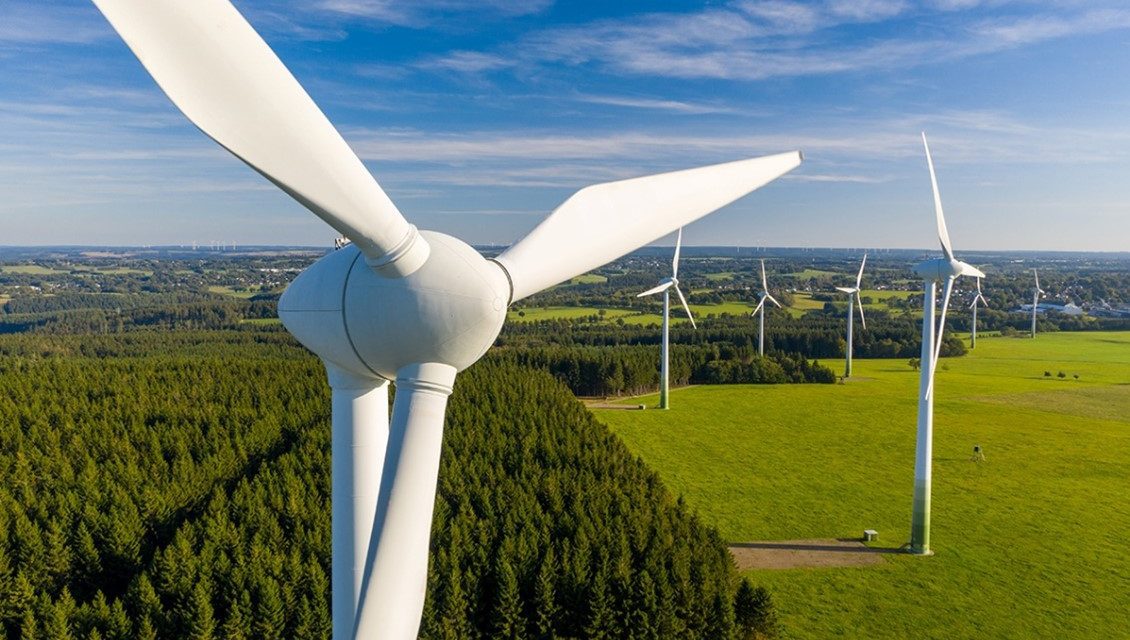We have continued to raise the lack of recycling of renewable energy products such as solar panels and wind turbines, and as outlined in Sandy’s speech on the Waste Reduction and Recycling Bill, Noosa is passionate about recycling, and this is a key gap that needs to be addressed.
With the release of the Draft Queensland E-Products Action Plan in April 2023, there is finally a roadmap in place
to address this dumping, with the plan committing to:
- Mandatory national product stewardship scheme for solar photovoltaic (PVs)
- Banning the disposal of electrical and electronic equipment including PVs from landfill where industry-funded product stewardship schemes are in place and available.
However, this does not address wind turbines which should also come under the framework of e-products as they produce electricity, just as PVs do. In the finalisation of the E-Product Action Plan, there needs to be requirements similar to those for PVs including a product stewardship scheme and ban on dumping for wind turbines.
As the blades are generally made of fiberglass with an operating age of 20 years, this means we will see many retiring in the coming decade hence a strategy needs to be developed now to recycle these. There are several technical processes for recycling fiberglass, with more information available in the Clean Energy Council’s report available here.
In response to our recent letter to the Minister for the Environment regarding, the following has been provided (in italics):
The draft E-Products Action Plan uses the United Nations Institute for Training and Research’s Global E-waste Monitor 2020 definition of e-products. The definition states that e-products `include a wide range of products with circuity or electrical components with a power or battery supply. Almost any household or business uses products like basic kitchen appliances, toys, tools and information and communications items, such as mobile phones, laptops, etc.’ This is also consistent with definitions used in other Australian States such as Victoria, which introduced an a-waste landfill ban on 1 July 2019. Under this definition, wind turbine blades would not be considered an e-product, however, some components such as the generator or transformer would be characterized as an e-product. These end-of-life e-products are able to be recovered for recycling and potentially higher value uses including repair for reuse to enable the product to continue circulating in the economy for longer. A significant proportion of the wind turbine system, including the aforementioned components and the steel mast, can be recycled. The blades currently cannot be recycled on a large scale.
As you are aware, the Clean Energy Council’s Winding Up: Decommissioning, Recycling and Resource Recovery of Australian Wind Turbines report has highlighted some of the recycling innovation occurring in the renewable energy industry to find a sustainable and commercially viable solution. It is encouraging to see that a solution is being trialed in Australia with Austrak rail sleepers. A Danish wind turbine manufacturer has also recently announced they have developed a chemical solution to enable separation of the turbine blade materials, allowing for their disassembly and reuse. The company intends to scale up this process into a commercial solution.
The Australian Government is also currently considering options for the design of a national e-stewardship scheme for solar panels and small household appliances, with a Consultation Regulatory Impact Statement expected before the end of the year.
The Queensland Government has partnered with the Smart Energy Council to fund a solar panel recovery pilot. This pilot will provide much needed information on the recovery channels and pathways for end-of-life solar panels, the reprocessing capacity within Queensland and the costs for recovery. This model may also provide useful information to establish a similar pathway to address collection and processing capacity issues for end-of-life wind turbines. The Queensland Government’s $62 billion Energy and Jobs Plan includes funding to help investigate end-of-life recycling and manufacturing of renewable energy components. This will complement the Advanced Manufacturing 10-year Roadmap and Action Plan 2022-2026 to support manufacturers to grow with more local content on renewable energy projects.
As Queensland works towards its 70% renewable energy target there are likely to be more advances in recovery, recycling and re-processing technologies and facilities for next generation solar panels, battery storage systems and wind and hydrogen equipment.
Following this, the Queensland Government has announced a review of the requirements for wind farm developments which proposes the following:
- Better protect areas of high ecological and biodiversity value.
- Protect the Great Barrier Reef from the impact of construction.
- Identify and assess viable haulage routes upfront.
- Bring acoustic criteria into line with current best practice approaches.
- Highlight rehabilitation requirements and expectations; and
- Require proponents to investigate the impact their construction will have on local workforces and accommodation.
This review has now opened for public consultation until Monday 4 September. Further information including submission details is available at https://haveyoursay.dsdilgp.qld.gov.au/updates-to-state-code-23-wind-farm-development-and-the-associated-planning-guidance.
Further information
Further direct advocacy regarding this or any other matters related to the Environment can be directed to the QLD Minster for Environment via environment@ministerial.qld.gov.au and please cc’ our office in via noosa@parliament.qld.gov.au and forward any response you receive to us.

